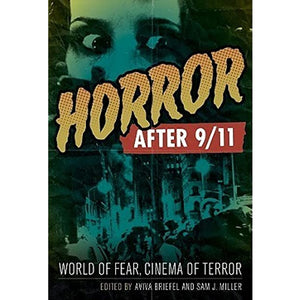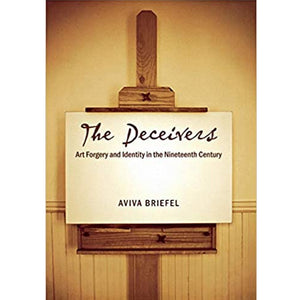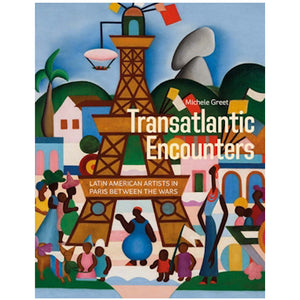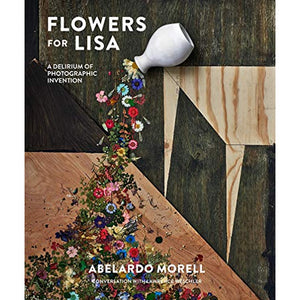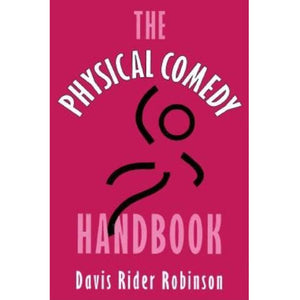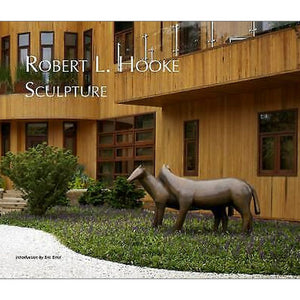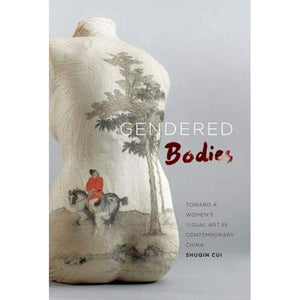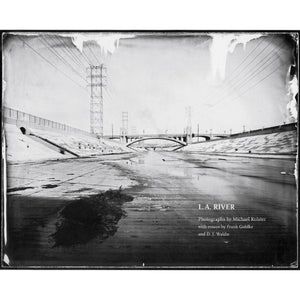General Merchandise
Horror after 9/11 — Briefel

Horror after 9/11 — Briefel
$55.00
Edited by Aviva Briefel, Professor of English and Cinema Studiesand Sam J. Miller Horror films have exploded in popularity since the tragic events of September 11, 2001, many of them breaking box office records and generating broad public discourse. These films have attracted A-list talent and earned award nods, while at the same time becoming...
The Deceivers — Briefel

The Deceivers — Briefel
$41.95
By Aviva BriefelProfessor of English and Cinema Studies The nineteenth century witnessed an unprecedented increase in art forgery, caused both by the advent of national museums and by a rapidly growing bourgeois interest in collecting objects from the past. This rise had profound repercussions on notions of selfhood and national identity withi...

Transatlantic Encounters — Greet '93
$60.00
By Michele Greet, Class of 1993 An unprecedented and comprehensive survey of Latin American artists in interwar Paris Paris was the artistic capital of the world in the 1920s and ’30s, providing a home and community for the French and international avant-garde, whose experiments laid the groundwork for artistic production throughout the rest of ...

Flowers for Lisa — Morell '71, H '97
$60.00
By Abelardo Morell, Class of 1971 Best known for his surreal camera obscura pictures and luminous black-and-white photographs of books, photographer Abelardo Morell now turns his transformative lens to one of the most common of artistic subjects, the flower. The concept for Flowers for Lisa emerged when Morell gave his wife, Lisa, a photograph o...

The Physical Comedy Handbook — Robinson
$19.95
By Davis Robinson, Professor of Theater Although there are numerous books that examine physical comedy from a historic or aesthetic perspective, few provide guidance in how to do it. So where can actors and teachers go for instruction? To The Physical Comedy Handbook. The Physical Comedy Handbook is a one-of-a-kind resource for actors, teachers...
Sculpture — Hooke '64

Sculpture — Hooke '64
$39.95
By Robert L. Hooke, Class of 1964 Handsome art volume of sculpture by Robert L. Hooke, Bowdoin Class of 1964.
Gendered Bodies — Cui

Gendered Bodies — Cui
$52.99 $55.00
By Shuqin Cui, Bowdoin Professor of Asian Studies and Cinema Studies This book introduces readers to women's visual art in contemporary China by examining how the visual process of gendering reshapes understandings of historiography, sexuality, pain, and space. When artists take the body as the subject of female experience and the medium of aest...
L.A. River — Kolster

L.A. River — Kolster
$40.00
By Michael KolsterProfessor of Art Three centuries ago, the Los Angeles River meandered through marshes and forests of willow and sycamore. Trout spawned in its waters, and grizzly bears roamed its shores in search of food. The river and its adjacent woodlands helped support one of the largest concentrations of indigenous peoples in North Americ...
The Book of Ice — Miller '92

The Book of Ice — Miller '92
$29.95
By Paul D. Miller '92 a.k.a. DJ Spooky That Subliminal Kid The unforgiving and nationless continent of Antarctica serves as the perfect point of entry for considering our relationship with the natural world. Inspired by his visits to this frozen landscape, Paul D. Miller, a.k.a. DJ Spooky , created The Book of Ice to offer his visual and textua...




